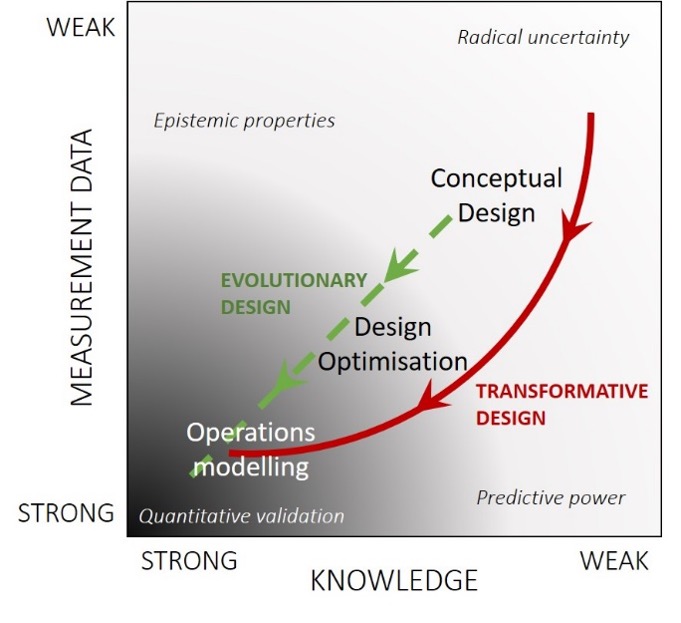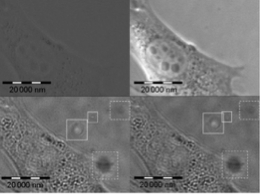
Current research projects are in the aerospace, nuclear and biomechanics fields and focus on structural integrity applied to experimental mechanics across varied length scales.
The imperative for a more sustainable society implies a reduction in material and energy consumption by devices, machines and structures, which conflicts with the desire for safety and reliability. Computational models are an essential tool for resolving this conflict, and a robust validation process is vital to support credibility of their predictions. The development of effective validation methodologies for simple and hierarchical models together with their effect on the design process in aerospace and nuclear industries is a focus of work in the group together with consideration of building credibility for computational models.


Optical stress and strain measurement techniques, such as thermoelastic stress analysis and digital image correlation, are capable of providing valuable information about the behaviour of complex materials and structures. Using these techniques, the group have developed novel methods for assessing damage in structures, and monitoring how that damage propagates in real-time during service. The algorithms that underpin these methods have also been applied to microscope images of high-performance composite materials to extract useful information from vast datasets.
Recent work at the nano-scale has involved evaluating the diffusion of nanoparticles in biological media in order to understand the mechanics of a range of associated biological processes. The experimental work has been performed at the Institute for Health and Consumer Protection of the European Commission DG Joint Research Center, Ispra, Italy
